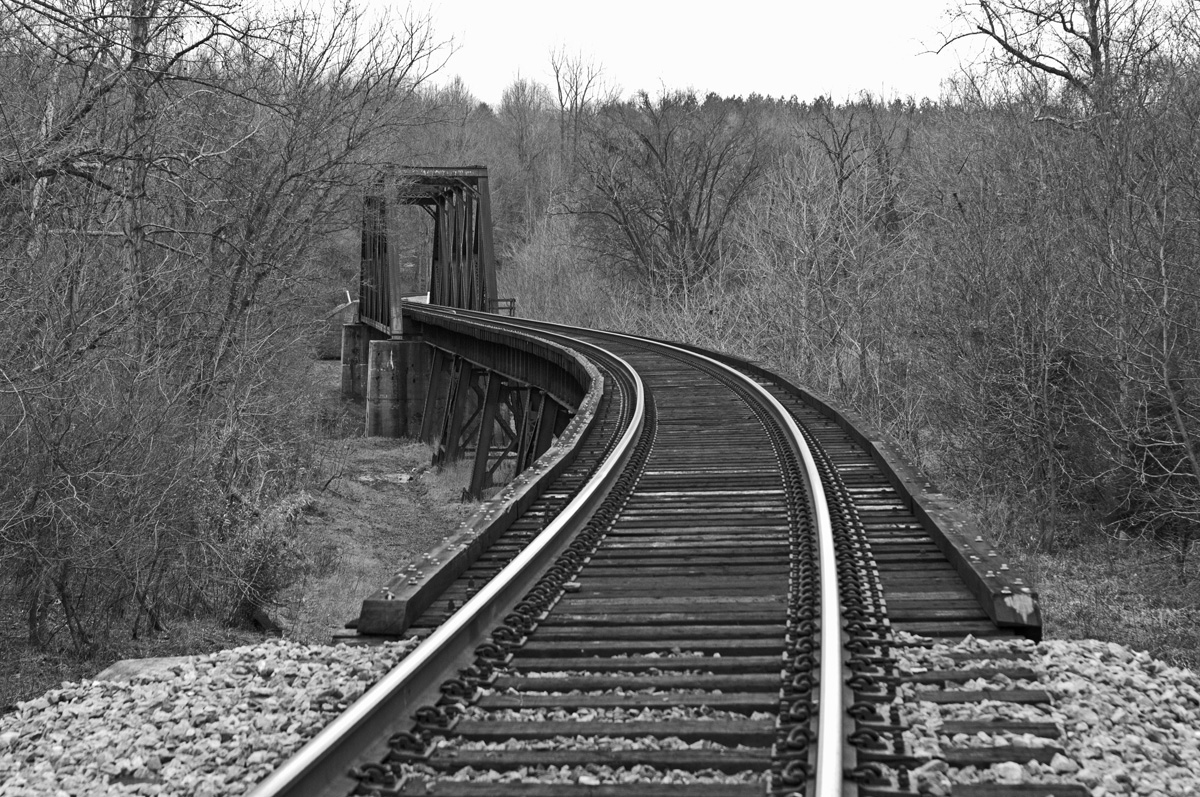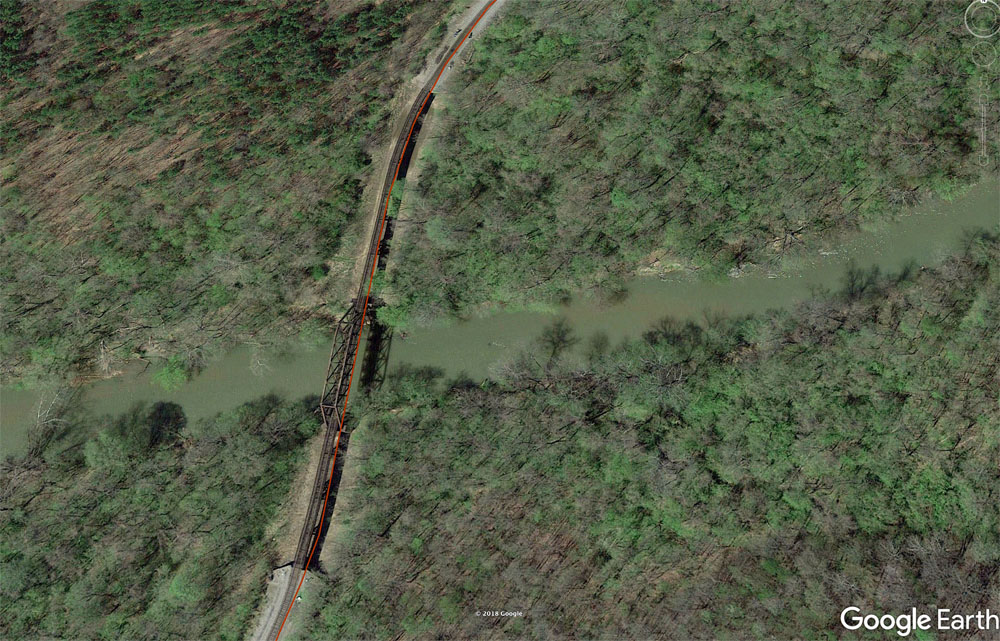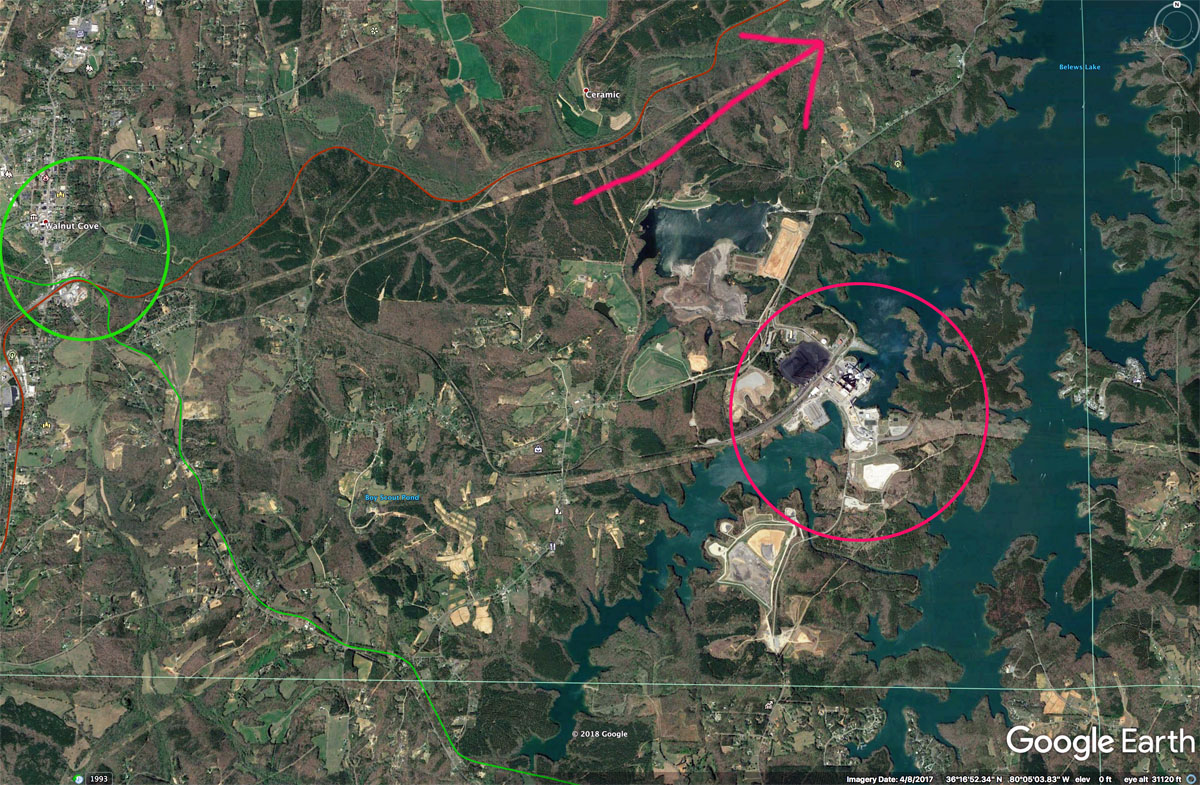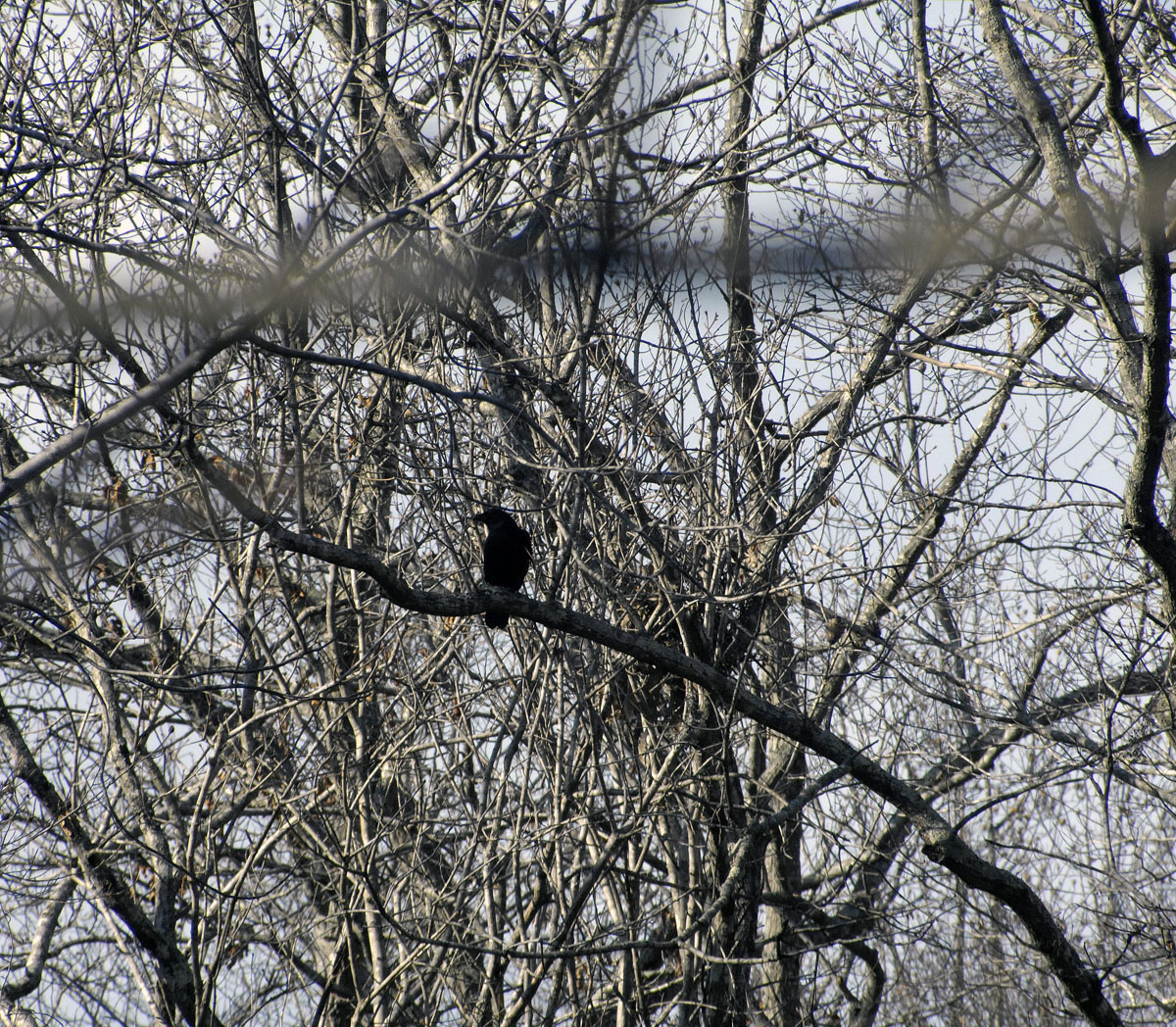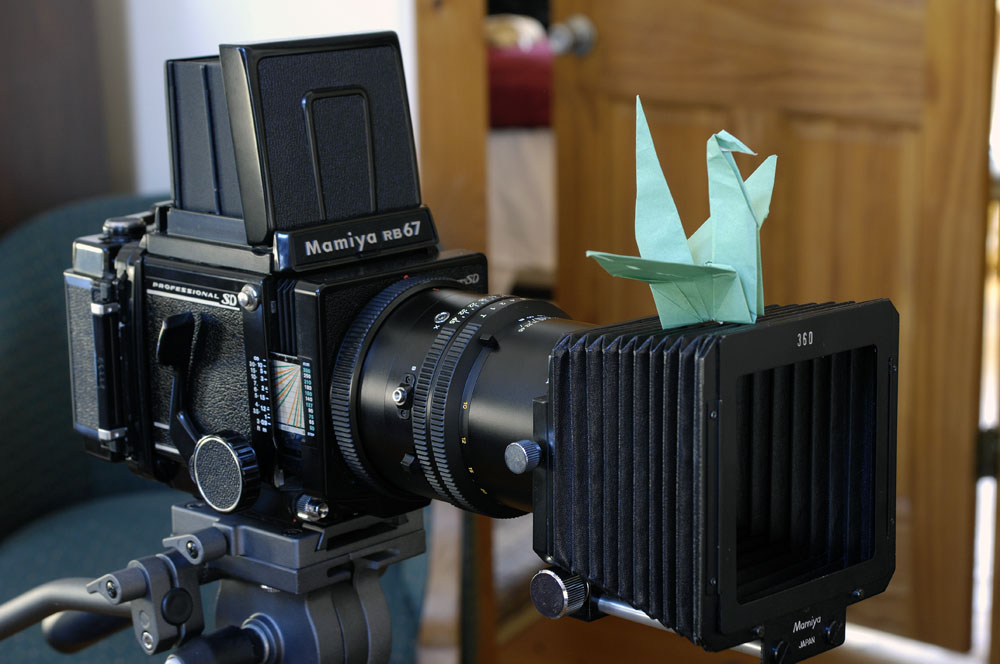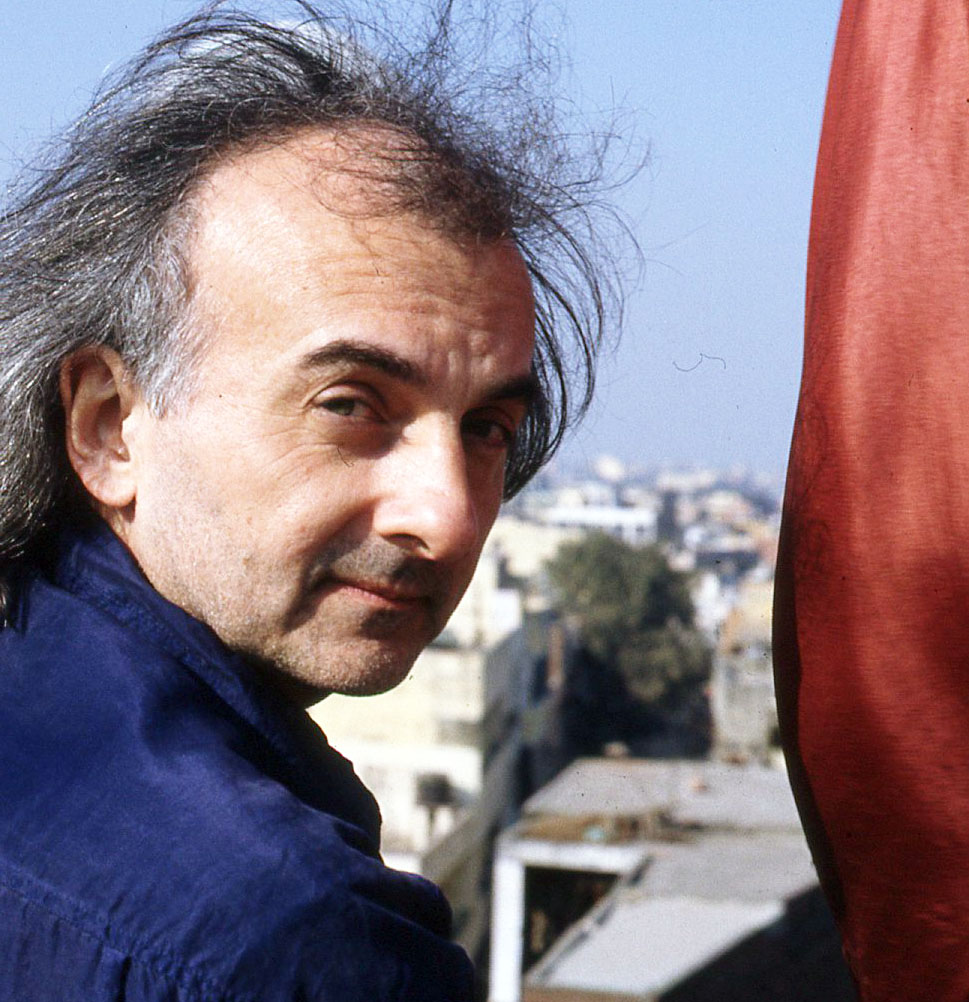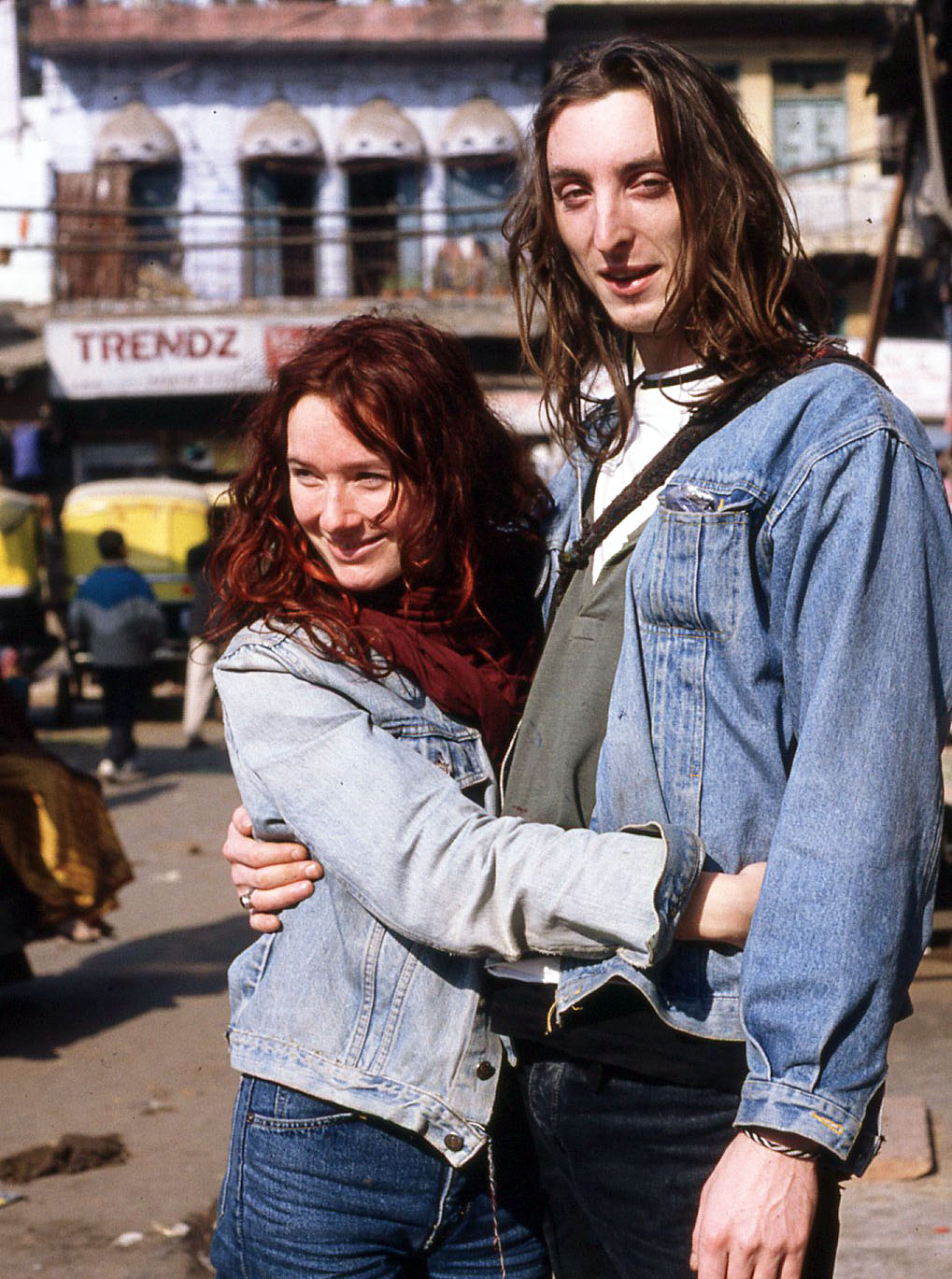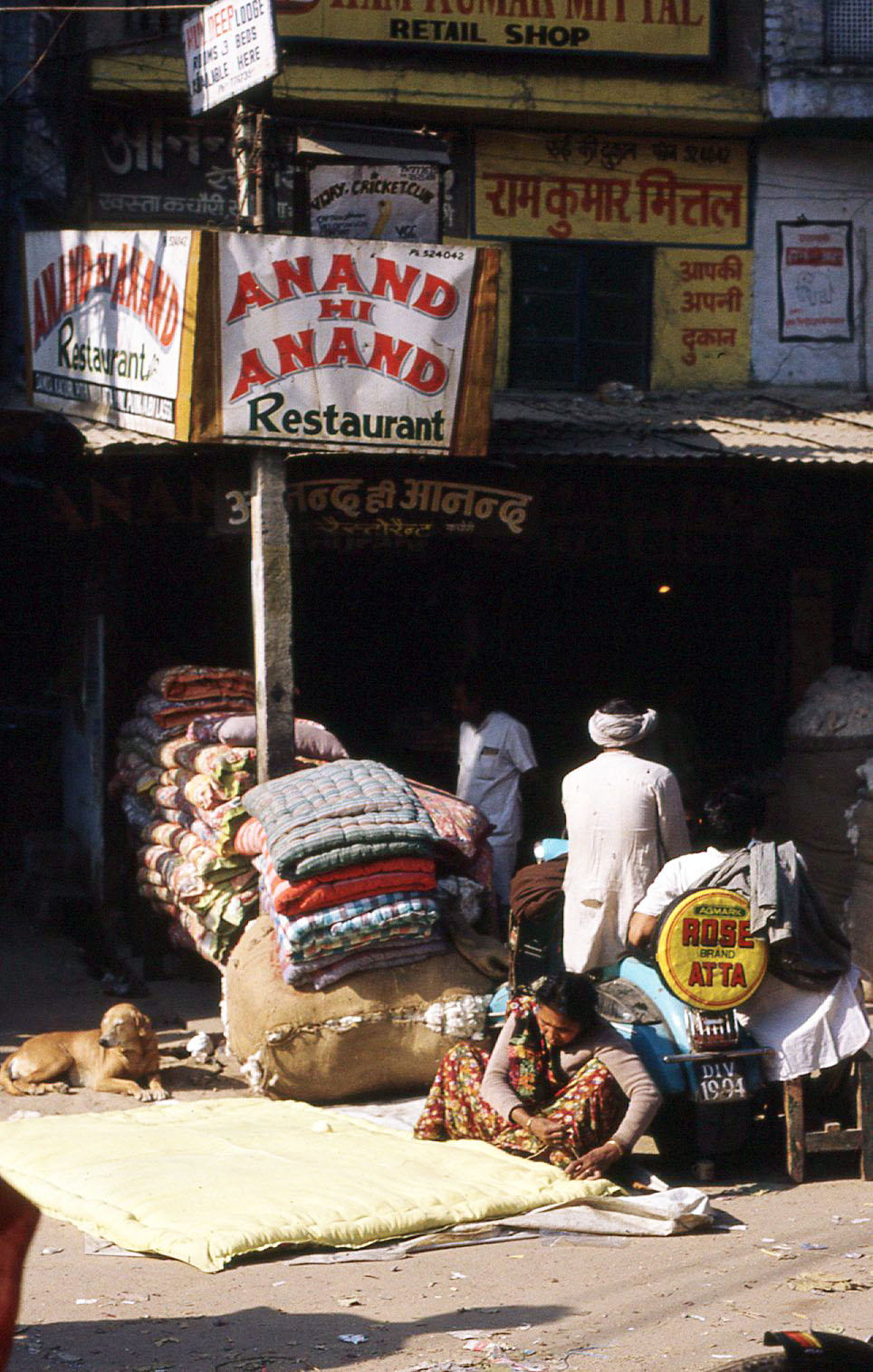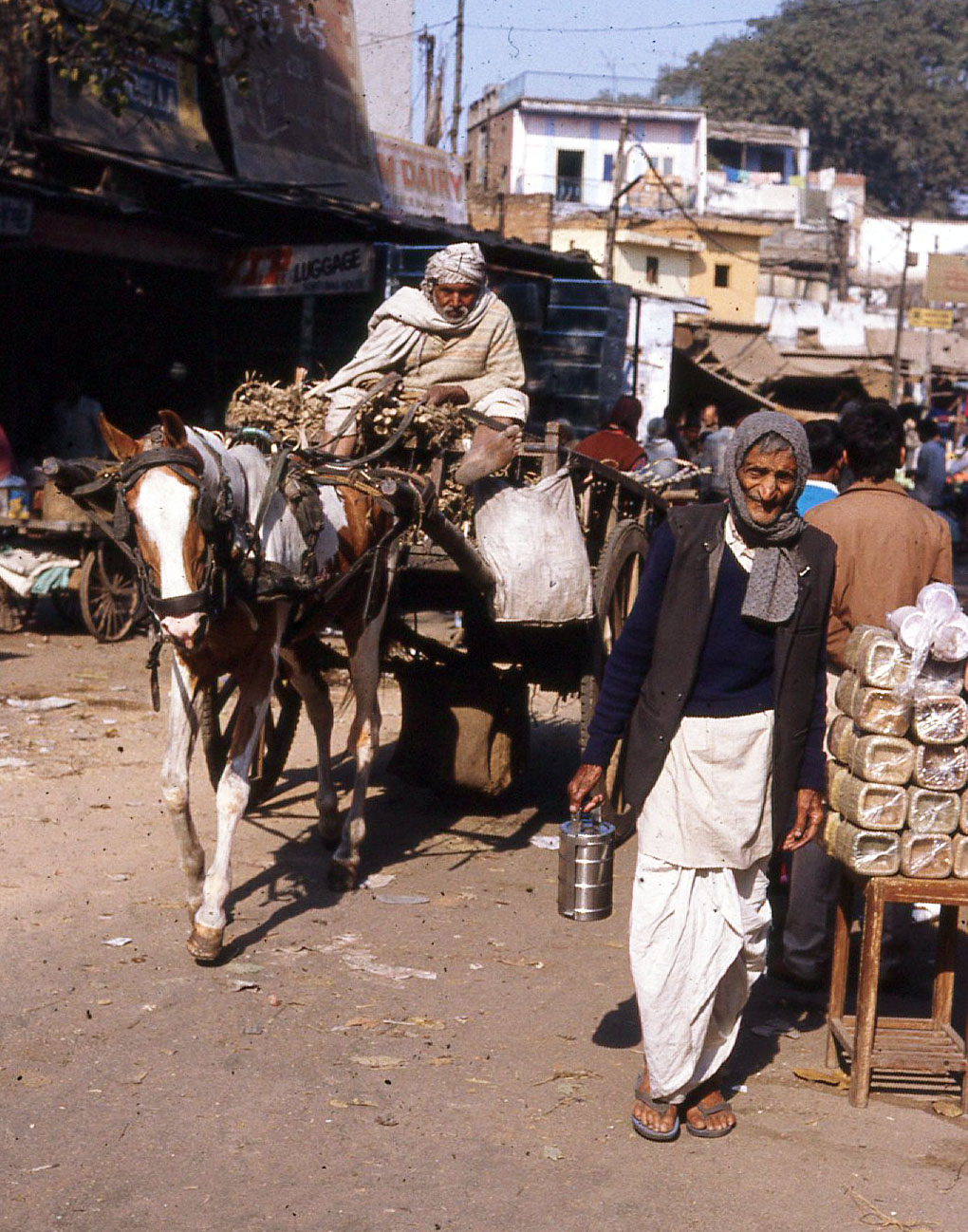I am five episodes into Britannia season 1. This was a must-watch for me, since I am particularly interested in the history of the Romans’ clash with the Celtic world.
As for the history, the writers of Britannia seem to have stuck to the basic outline of what Roman history recorded. Everything else is imagined. The year is 43 A.D., 17 years before Queen Boudica’s uprising against the Roman occupation in 60 A.D.
The series has not been getting very good reviews. One reviewer said that it is “crazy as a box of frogs.” There is much to be said for that. My own view is that the Celts and druids were not nearly as wild and barbaric as they are depicted here. Celtic art, for example, and Celtic technology including ships, wagons, and chariots, were plenty sophisticated. Many of the druids spoke Greek. When the Gaulish druid Divitiacus went to Rome and spoke to the Senate around 60 B.C., by no means did he make a fool of himself. Cicero was impressed by Divitiacus’ knowledge of astronomy and natural philosophy. But in Britannia, the druids are half-mad, drugged-out bone-rattlers. They are sinister and ugly, as opposed to the kind of elite caste who left us the Brehon laws. And nothing has been said so far about Celtic music. How could they leave that out?
In many ways, this series defames the Celts and druids. Whether it lionizes Rome remains to be seen.
Still, the series is very pretty to watch, with great locations (though many locations, filmed in the Czech Republic, don’t look much like southern England). The scripts and dialogue are smart. The situations are unpredictable. Except for the Kerra character, all the Celts have bad hair, which I suspect is a trend started by the Vikings series.
I’m not exactly recommending this series, but if you have Amazon Prime, it’s worth streaming an episode or two and checking it out.



